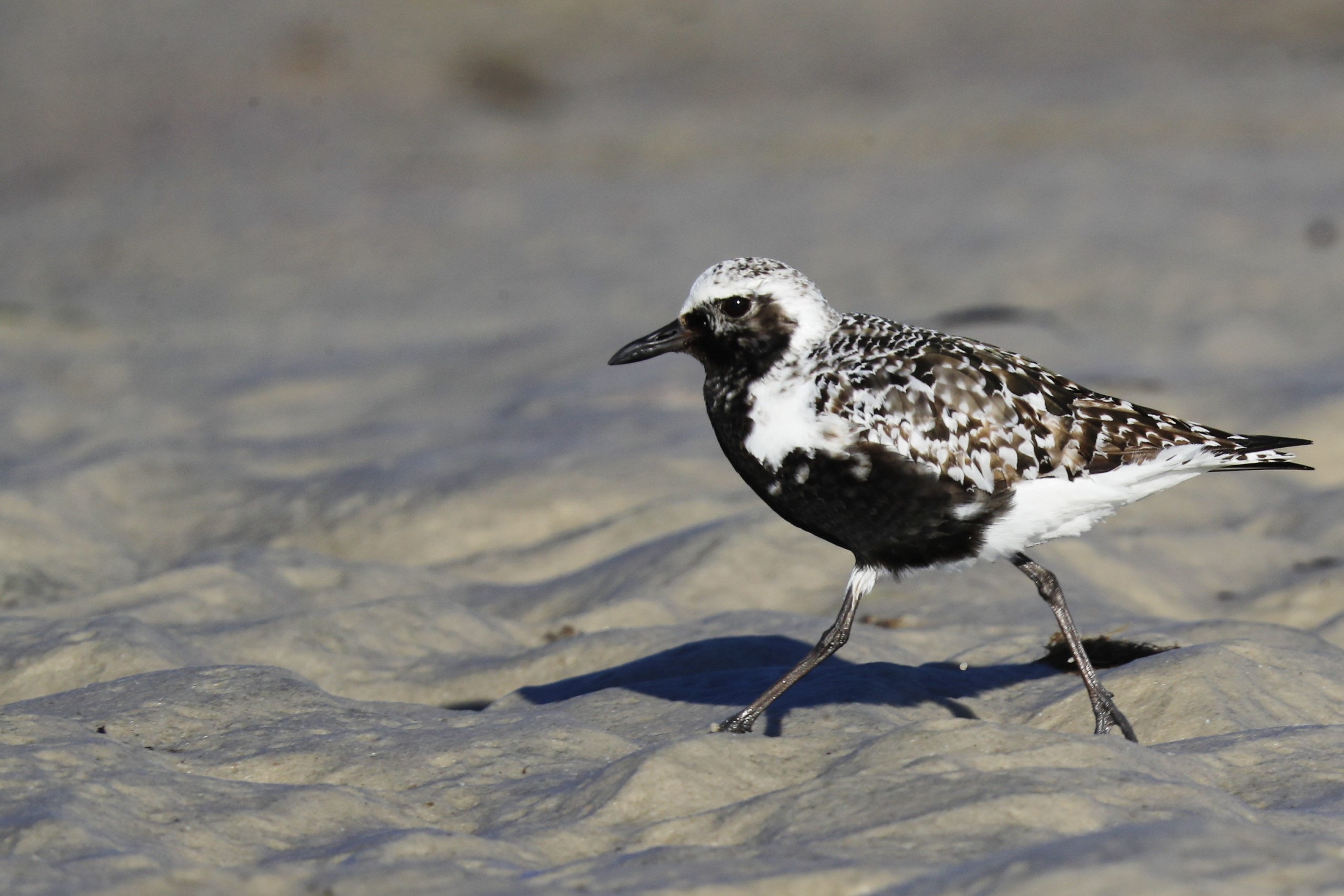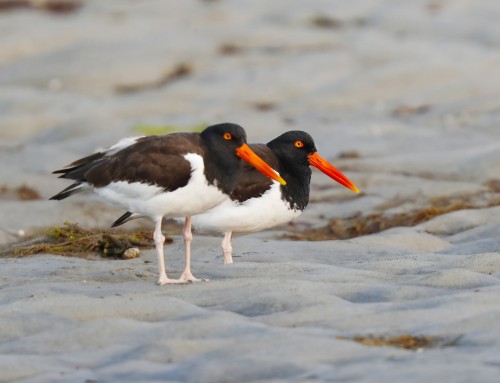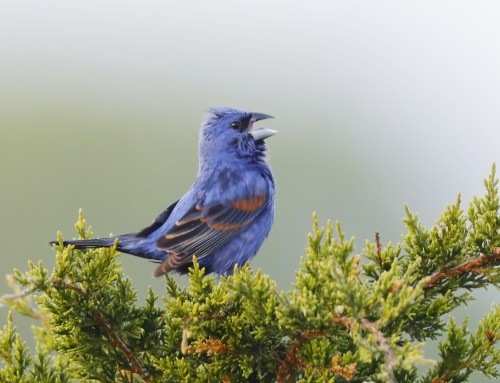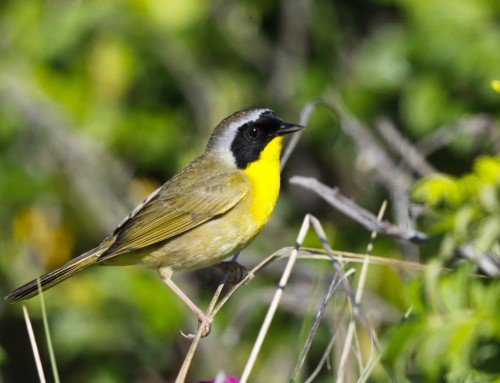Sept. 19, 2025: Black-bellied Plovers breeding in the eastern Arctic visit marshes along Buzzards Bay during fall migration, refueling on mudflats before continuing south along the Atlantic Flyway to Florida, the Caribbean, and ultimately South America’s coasts for the winter. This plover was recently seen in Great Sippewissett Marsh.
Black-bellied Plovers (Pluvialis squatarola) are long-distance migrants, and those you’re seeing staging in Buzzards Bay marshes in fall are pausing at a key stopover on their southbound journey. Here’s how their migration typically plays out:
Breeding Grounds
Black-bellied Plovers nest in the high Arctic tundra of Canada and Alaska, from Hudson Bay to the Arctic Ocean. After breeding, adults begin heading south in July–August, followed by juveniles in September–October.
Migration Routes
The birds that pass through Buzzards Bay and Cape Cod are generally part of the population breeding in eastern Arctic Canada (e.g., Baffin Island, Southampton Island, northern Quebec). They move southward along the Atlantic Flyway, using coastal estuaries, tidal flats, and salt marshes as staging areas. Buzzards Bay’s extensive marshes and flats (e.g., West Falmouth Harbor, Great Sippewissett Marsh, Waquoit Bay) provide rich feeding grounds for refueling, mainly mudflat invertebrates.
Next Legs of the Journey
From New England, most plovers continue south along the Atlantic seaboard, making additional stops at major sites such as Delaware Bay, Chesapeake Bay, and the Carolinas. A significant number then push farther to Florida, the Gulf Coast, and the Caribbean. Many will ultimately winter in northern South America (e.g., Suriname, Guyana, Brazil), while others continue as far as southern South America (Argentina, Chile, Uruguay), one of the longest migrations of any shorebird.
Behavior at Stopovers
While staging in Buzzards Bay marshes in September–October, they typically gather in small flocks, feeding intensively at low tide and roosting on sandbars or marsh islands at high tide. When fat reserves are replenished, they “lift” often under favorable weather and wind conditions, flying in strong, direct migratory flights southward to the next key stopover.
The birds seen locally are part of a continent-spanning chain of stopovers that stretches from the Arctic tundra to temperate estuaries and onward to tropical and subtropical coasts.






Leave A Comment
You must be logged in to post a comment.